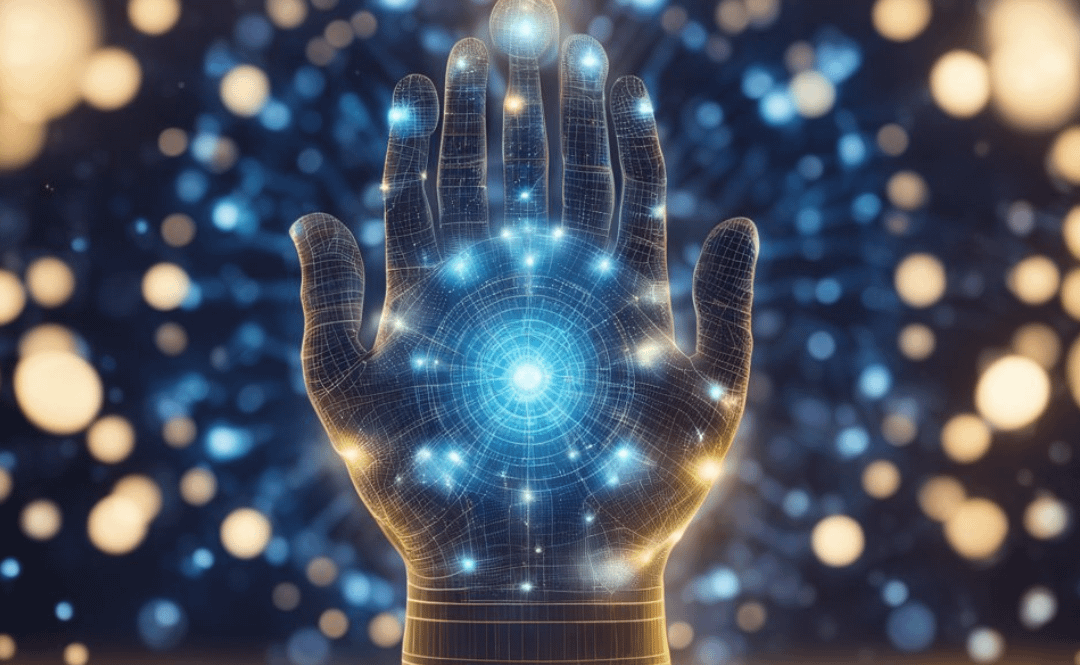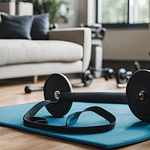Acupressure points may just be the secret agents of the wellness world, covertly working behind the scenes to alleviate your aches and pains with a simple touch. Imagine having the power to ease a headache or banish back pain without diving into your medicine cabinet—sounds almost like having a healing superpower, doesn’t it?
These tiny but mighty spots on your body are ready for action, and I’m here to give you the insider’s guide to unlocking their potential. So, let’s press on (pun intended) and explore the mysteries of these healing hotspots that could just be the pressure point panacea you’ve been searching for.
Acupressure is an ancient healing technique that has been used for thousands of years in traditional Chinese medicine. It involves the application of pressure to specific points on the body to relieve pain and promote overall well-being. Acupressure is based on the concept of chi, which is the life force energy that flows through the body.

Understanding Acupressure involves learning about the meridians, which are the pathways through which chi flows. There are 12 major meridians in the body, each of which is associated with a specific organ system. Acupressure Points are located along these meridians and can be stimulated to help balance the flow of chi and promote healing.
Health Benefits and Potential of Acupressure are numerous and include relief from pain, stress, and anxiety, as well as improved circulation, digestion, and immune function. Acupressure can also be used to address specific conditions, such as headaches, menstrual cramps, and back pain. With proper guidance and practice, acupressure can be a safe and effective form of therapy for many people.
Overview on Acupressure Points
Key Takeaways
- Acupressure is an ancient healing technique that involves the application of pressure to specific points on the body to relieve pain and promote overall well-being.
- Understanding Acupressure involves learning about the meridians and the specific Acupressure Points along these pathways.
- Health Benefits and Potential of Acupressure are numerous and include relief from pain, stress, and anxiety, as well as improved circulation, digestion, and immune function.
Understanding Acupressure
Acupressure is a traditional Chinese medicine technique used to relieve pain and tension by applying pressure to specific points on the body. It is based on the belief that the body has a life energy known as Qi that flows through invisible channels called meridians. By stimulating specific points on these meridians, the flow of Qi is restored, which helps to relieve pain and promote healing.
Basics of Acupressure
Acupressure is similar to acupuncture, but instead of using needles, it involves applying pressure to specific points on the body with fingers, hands, or other devices. The pressure is usually applied for a few seconds to several minutes, depending on the condition being treated.
Acupressure is a safe and non-invasive technique that can be used to treat a variety of conditions, including headaches, back pain, digestive problems, and stress. It is often used in conjunction with other treatments, such as massage therapy, chiropractic, and physical therapy.
Yin, Yang, and Qi
In traditional Chinese medicine, the body is believed to be made up of two opposing forces: Yin and Yang. Yin represents coolness, darkness, and passivity, while Yang represents warmth, light, and activity. The balance between these two forces is essential for good health.
Qi is the life energy that flows through the body and is responsible for all bodily functions. It is believed that the flow of Qi can be disrupted by stress, injury, or illness, which can lead to pain and other health problems.
Meridians and Acupoints
Meridians are the channels through which Qi flows in the body. There are 12 main meridians that correspond to specific organs in the body, such as the lungs, liver, and heart. Each meridian has a number of acupoints, which are specific points along the meridian where the flow of Qi can be stimulated.
Acupressure points are located all over the body, but some of the most commonly used points are located on the hands, feet, and ears. Each point has a specific function and can be used to treat a variety of conditions.
In conclusion, understanding the basics of acupressure, Yin, Yang, and Qi, and the meridians and acupoints is essential for anyone interested in this traditional Chinese medicine technique. By applying pressure to specific points on the body, acupressure can help to relieve pain, reduce stress, and promote healing.
Health Benefits and Potential
Acupressure is an alternative medicine technique that involves applying pressure to specific points on the body. According to our research, acupressure has many potential health benefits, including stress and anxiety relief, pain management, and promoting overall well-being.
Stress and Anxiety Relief
Acupressure can be an effective way to reduce stress and anxiety. By applying pressure to specific points on the body, acupressure can help to calm the mind and promote relaxation. In fact, a study published in the Journal of Alternative and Complementary Medicine found that acupressure was effective in reducing pre-operative anxiety in patients undergoing surgery.
Pain Management
Acupressure can also be an effective way to relieve pain. By applying pressure to specific points on the body, acupressure can help to reduce inflammation and promote healing. According to a study published in the Journal of Pain and Symptom Management, acupressure was effective in reducing pain in cancer patients.
Promoting Overall Well-Being
Acupressure can also be used to promote overall well-being. By stimulating specific points on the body, acupressure can help to improve circulation, boost the immune system, and promote relaxation. According to a study published in the Journal of Alternative and Complementary Medicine, acupressure was effective in improving sleep quality in patients with insomnia.
Overall, acupressure has many potential health benefits. By reducing stress and anxiety, relieving pain, and promoting overall well-being, acupressure can be an effective way to improve your health and quality of life.
Practical Guidance on Acupressure
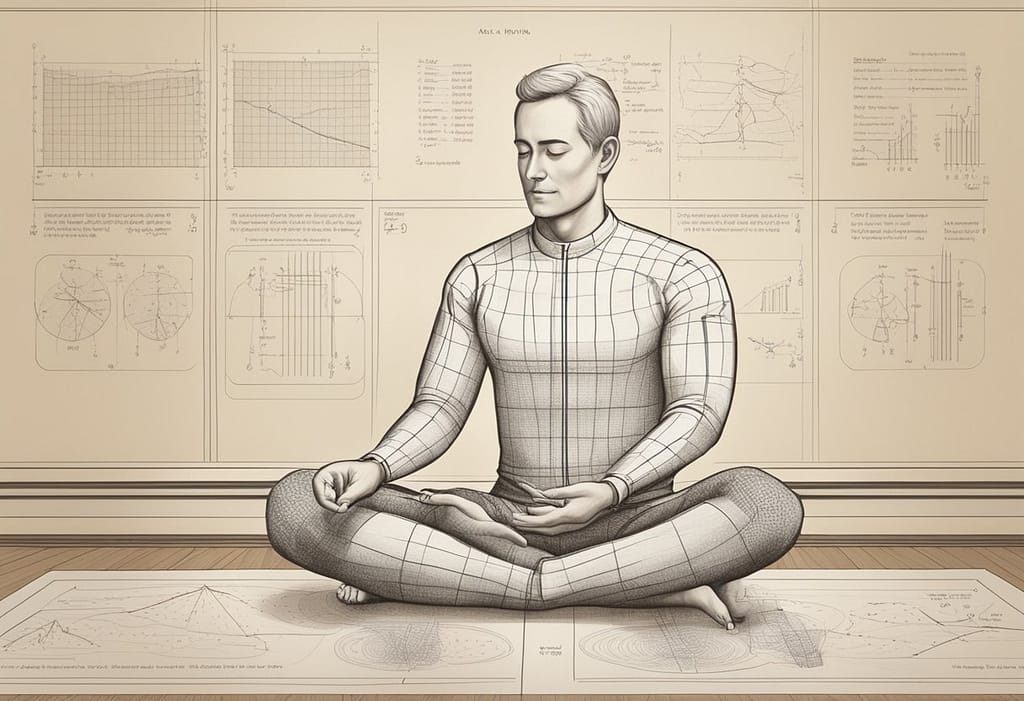
Acupressure is a traditional Chinese medicine practice that involves applying pressure to specific points on the body. This pressure is believed to stimulate the body’s natural healing abilities and promote overall well-being. In this section, we will provide practical guidance on how to locate acupressure points, apply pressure techniques, and perform self-acupressure routines.
Locating Acupressure Points
To locate acupressure points, it is important to first understand the meridian system. Meridians are channels in the body through which energy flows. Acupressure points are located along these meridians and are believed to correspond to different organs and systems in the body.
There are many acupressure points on the body, but some of the most commonly used ones include:
- GV16 (Fengfu): Located at the base of the skull.
- GV20 (Baihui): At the top of the head.
- GB20 (Fengchi): At the base of the skull near the neck.
- GB12 (Wangu): Behind the ear.
- LI4 (Hegu): Between the thumb and index finger.
To locate these points, use your fingers to feel for a slight depression or tender spot. You can also refer to acupressure charts or consult with a qualified acupressure practitioner.
Applying Pressure Techniques
There are several techniques for applying pressure to acupressure points. Some of the most commonly used techniques include:
- Finger pressure: Use your fingers to apply pressure to the point.
- Palm pressure: Use the palm of your hand to apply pressure to the point.
- Knuckle pressure: Use your knuckles to apply pressure to the point.
- Thumb pressure: Use your thumb to apply pressure to the point.
When applying pressure, use a firm but gentle touch. Apply pressure for 30 seconds to a minute and then release. Repeat as needed.
Self-Acupressure Routines
Self-acupressure is a convenient and effective way to promote overall health and well-being. Some common self-acupressure routines include:
- Headache relief: Apply pressure to the LI4 (Hegu) point between the thumb and index finger.
- Stress relief: Apply pressure to the GB21 (Jianjing) point at the top of the shoulders.
- Digestive support: Apply pressure to the CV12 (Zhongwan) point on the abdomen.
Perform these routines daily or as needed to promote overall health and well-being.
In conclusion, acupressure is a safe and effective practice for promoting overall health and well-being. By learning how to locate acupressure points, apply pressure techniques, and perform self-acupressure routines, you can experience the many benefits of this ancient healing art.
Addressing Specific Conditions
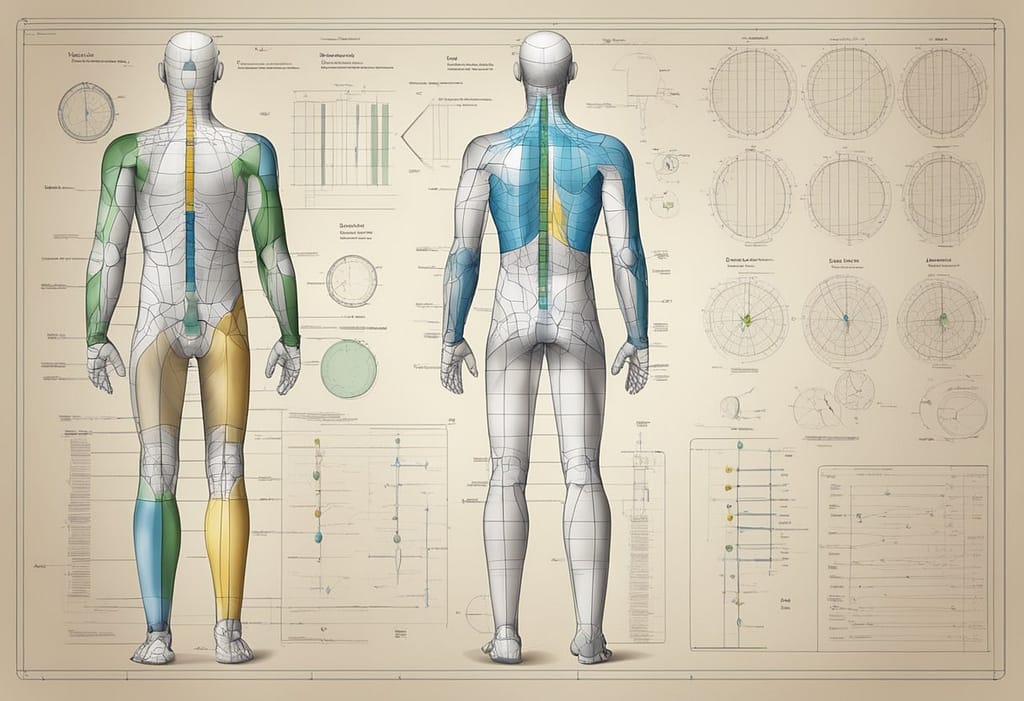
Acupressure points can help alleviate a wide range of conditions, from digestive issues to musculoskeletal pain. Here are a few specific conditions that can be addressed with acupressure:
Alleviating Digestive Issues
Acupressure can help relieve symptoms of nausea, bloating, and other digestive issues. The following acupressure points can be stimulated to help with these conditions:
- Pericardium 6 (P6): Located on the inside of the wrist, about two finger widths below the palm. Stimulating this point can help relieve nausea and vomiting.
- Stomach 36 (ST36): Located on the lower leg, about four finger widths below the kneecap. Stimulating this point can help improve digestion and relieve bloating.
Easing Headaches and Migraines
Acupressure can help alleviate headaches and migraines by reducing tension and promoting relaxation. The following acupressure points can be stimulated to help with these conditions:
- Gallbladder 20 (GB20): Located at the base of the skull, in the hollows on either side of the neck. Stimulating this point can help relieve tension headaches and migraines.
- Large Intestine 4 (LI4): Located on the back of the hand, between the thumb and index finger. Stimulating this point can help relieve headaches and migraines caused by stress.
Supporting Musculoskeletal Health
Acupressure can help relieve pain and tension in the muscles and joints, making it a useful tool for addressing musculoskeletal conditions such as arthritis, back pain, neck pain, and lower back pain. The following acupressure points can be stimulated to help with these conditions:
- Bladder 23 (BL23): Located on the lower back, on either side of the spine. Stimulating this point can help relieve lower back pain and strengthen the muscles in the lower back.
- Gallbladder 34 (GB34): Located on the outer side of the lower leg, below the knee. Stimulating this point can help relieve knee pain and stiffness caused by arthritis.
Acupressure can be a valuable tool for addressing a wide range of conditions. By stimulating specific acupressure points, we can help alleviate symptoms and promote overall health and well-being.
Considerations and Precautions
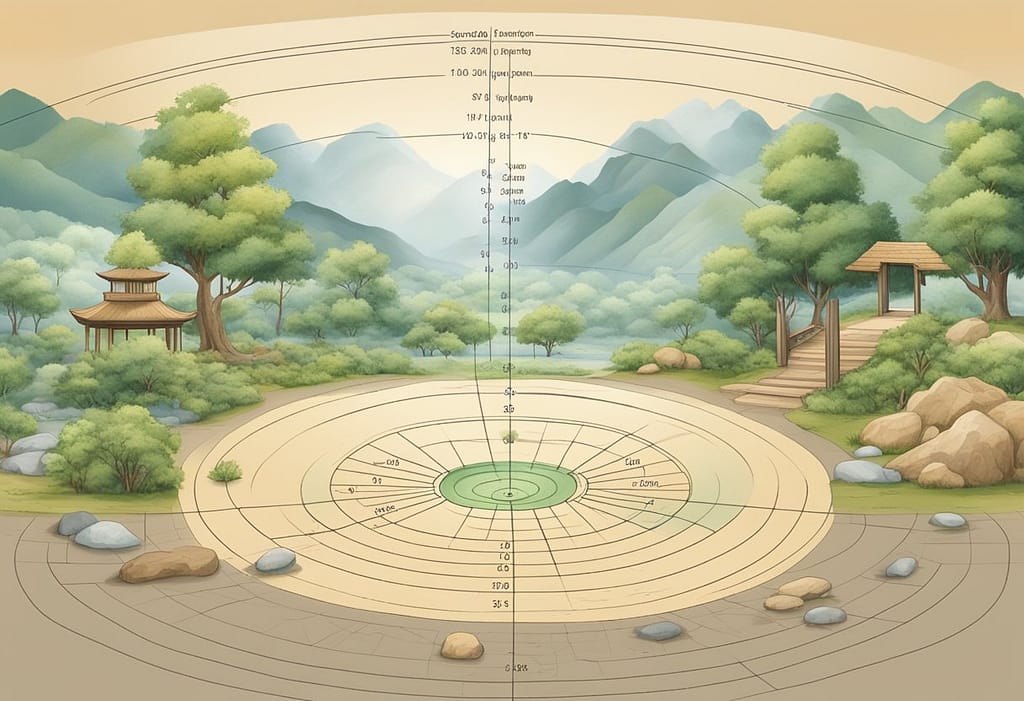
Acupressure is generally considered safe when performed by a trained practitioner. However, there are some important considerations and precautions to keep in mind when using acupressure points.
Understanding Side Effects
Like any form of therapy, acupressure can have side effects. Some people may experience mild bruising, soreness, or discomfort at the site of the acupressure point. In rare cases, people may experience more serious side effects such as dizziness, nausea, or fainting. If you experience any of these side effects, it is important to seek medical attention right away.
When to Avoid Acupressure
While acupressure can be a safe and effective form of therapy for many people, there are certain situations in which it should be avoided. For example, pregnant women should avoid using certain acupressure points, as they can stimulate contractions and potentially lead to premature labor. Additionally, people with cancer or varicose veins should avoid using acupressure points in the affected area, as this can aggravate the condition.
It is also important to note that acupressure should never be used as a substitute for medical treatment. If you are experiencing severe pain or other symptoms, it is important to seek medical attention right away. Acupressure can be used in conjunction with other forms of therapy, but should never be used as a replacement.
In conclusion, while acupressure can be a safe and effective form of therapy for many people, it is important to use caution and follow the proper precautions. By understanding the potential side effects and knowing when to avoid acupressure, you can help ensure a safe and effective treatment experience.
If you want to learn more, have a look at The effectiveness of acupressure on relieving pain: a systematic review

